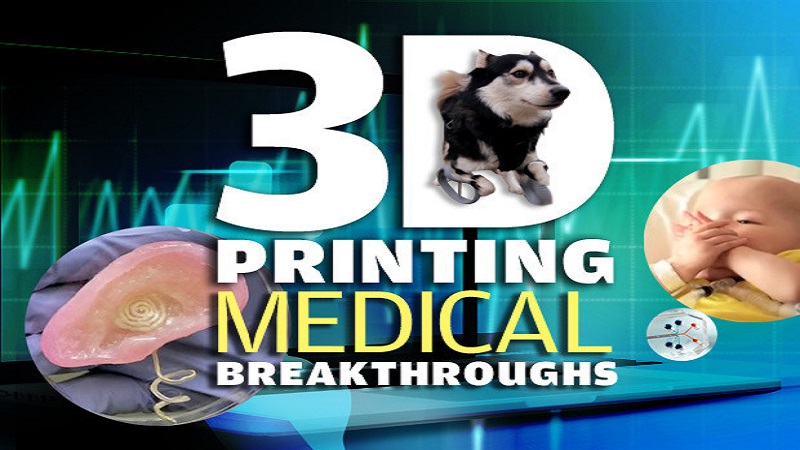
Some of the medical breakthroughs achieved by 3D Printing Technology include Bone models, Kidney models, fetal models using ultrasound of mother womb, First FDA-approved 3D Printable Pill- Spirtam, Dental SG for dental education, Sutrue-an automated suturing device, open-source designs to download, Brain Tumor models, Live Thyroid injected in mice, Alginate Ear Implants and finally a tiny 3D Printed Medical Camera.